- About us
- Support the Gallery
- Venue hire
- Publications
- Research library
- Organisation chart
- Employment
- Contact us
- Make a booking
- Onsite programs
- Online programs
- School visit information
- Learning resources
- Little Darlings
- Professional learning

The life of William Bligh offers up a handful of the most remarkable episodes in the history of Britain’s eighteenth and early nineteenth-century maritime empire.

On this day eight hundred years ago at Runnymede near Windsor, King John signed Magna Carta.

Desperately seeking Woolner medallions
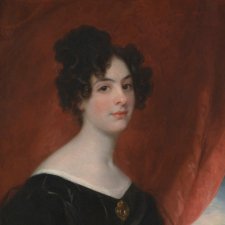
When did notions of very fine and very like become separate qualities of a portrait? And what happens to 'very like' in the age of photographic portraiture?

To celebrate his family bicentenary, Malcolm Robertson looks at the portraiture legacy left by his ancestors.
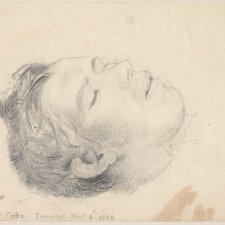
James McCabe provides proof that hanging wasn’t necessarily a fate reserved for the perpetrators of murder and other deeds of darkest hue.

Queen Elizabeth II is now the longest-reigning British sovereign

The long life and few words of a vice-regal cockatoo
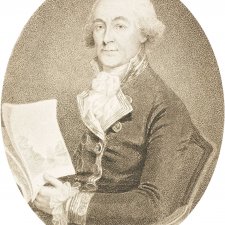
I have been reading systematically through the ads in the earliest issues of the Sydney Gazette and New South Wales Advertiser, such a rich vein of information about certain aspects of daily life in Regency Sydney.

In their own words lead researcher Louise Maher on the novel project that lets the Gallery’s portraits speak for themselves.
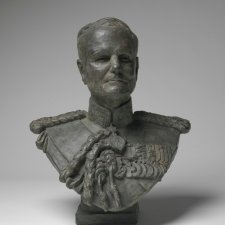
Just now we pause to mark the centenary of ANZAC, the day when, together with British, other imperial and allied forces, the Australian and New Zealand Army Corps landed at Gallipoli at the start of the ill-starred Dardanelles campaign.

Nothing quite prepares the first-time visitor to Cambodia for the scale and grandeur of the monuments of the ancient Khmer civilisation of Angkor.
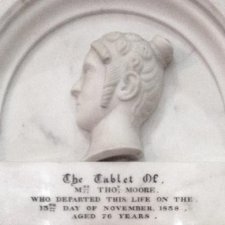
Beyond the centenary of the ANZAC landings at Gallipoli, a number of other notable anniversaries converge this year. Waterloo deserves a little focussed consideration, for in the decades following 1815 numerous Waterloo and Peninsular War veterans came to Australia.
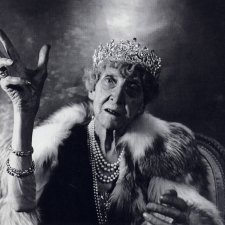
This year (in March) we will celebrate the twentieth anniversary of the formal establishment of the National Portrait Gallery. In the life of institutions, twenty years is not a long time.
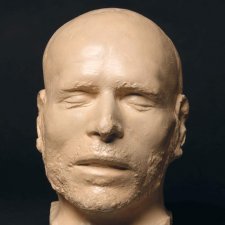
From infamous bushranger to oyster shop display, curator Jo Gilmour explores the life of George Melville.
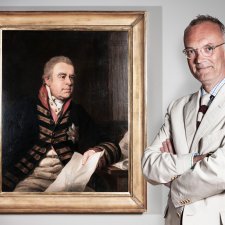
Portraits can render honour to remarkable men and women, but there are other ways.